Reaching out: the importance of Outreach
Some experiences communicating science and inspiring others through outreach.
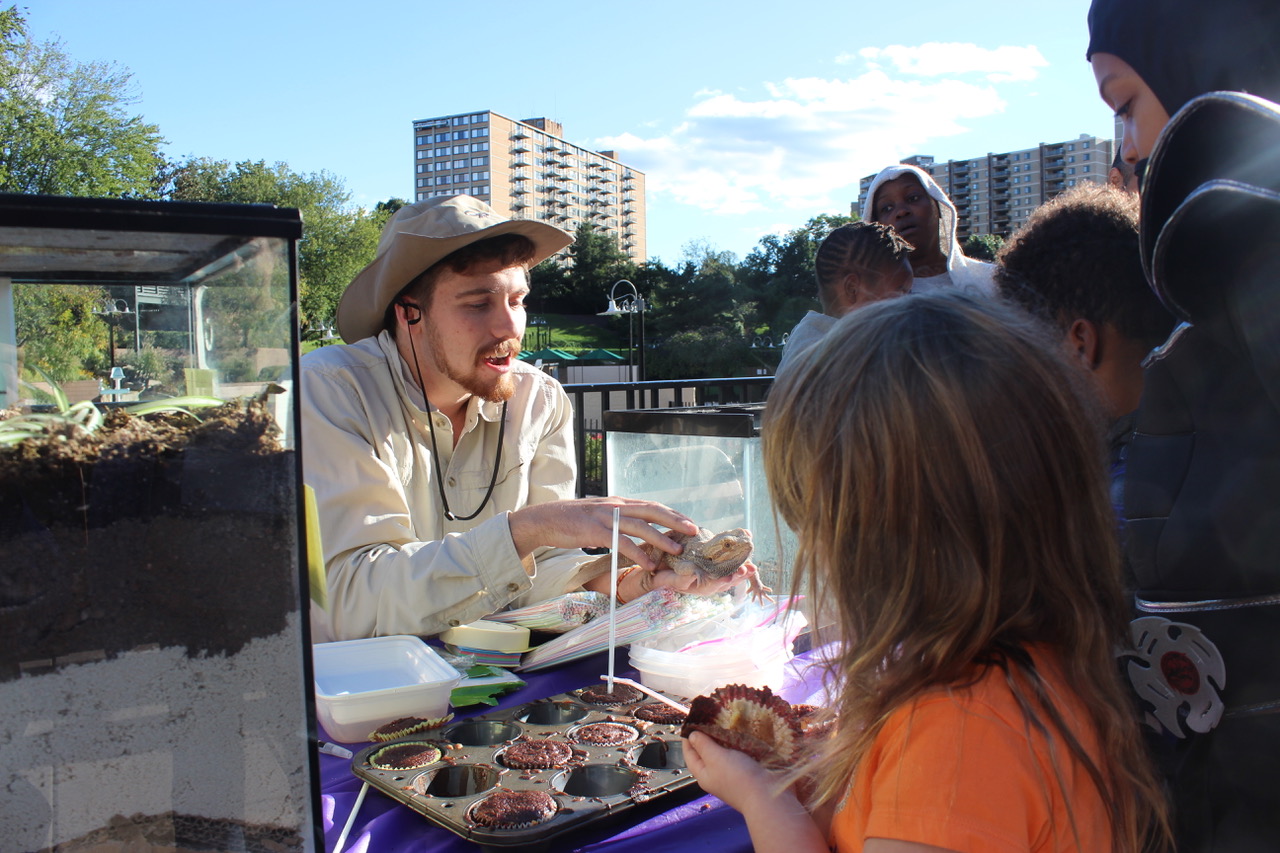
It’s been a minute!
That’s in part because I’ve been pretty preoccupied with applying for grad school, but also because I’ve taken my writing over to Mongabay, a site dedicated to environmental and conservation news. Here’s some of my stories ; I especially enjoyed writing the piece on 3D printing reefs, which involved some fascinating conversations with a few individuals at the cutting edge of novel conservation work. Check them out!
Past that, this will be a quick post to share some thoughts on making an impact through your science. About halfway through 2018, in my prep to market myself as somehow somewhat some way distinguished to graduate programs across the continent, I did a fair amount of musing on what stands out as impactful on through a research career past the scope of one’s academic colleagues. The end products, of course: the data that one collects, the analyses and interpretation of such data packaged into a tight manuscript and launched out into peer review, the models and maps that scientists build. But there’s potential for so many other outlets, which may end up as potentially a more fundamental component of one’s legacy.
Public outreach is indeed a broad-sweeping term, and yet isn’t always emphasized enough at any level of scientific training. “But I did an interview with my institution’s press officer, so I’ve checked that box, right?” A great start, but not quite enough. For some, educating the public and future generations may be the most impactful endeavor any researcher will take on. Including myself. Maybe.
My students in Peru exploring the majestical world of swampy jungle at night. I might have had a little fun out there too.
There’s so many ways researchers can connect with the public, and as of late I’ve had the privilege to learn alongside young students in particular.
I’ve had a couple really glowing moments in the past few months of working with elementary schoolers to broadcast the marvels of the natural sciences. In summer 2018, I signed up to join the Smithsonian Sleepover Series. Check out this fun video I put together thanking all of the volunteers for their work.
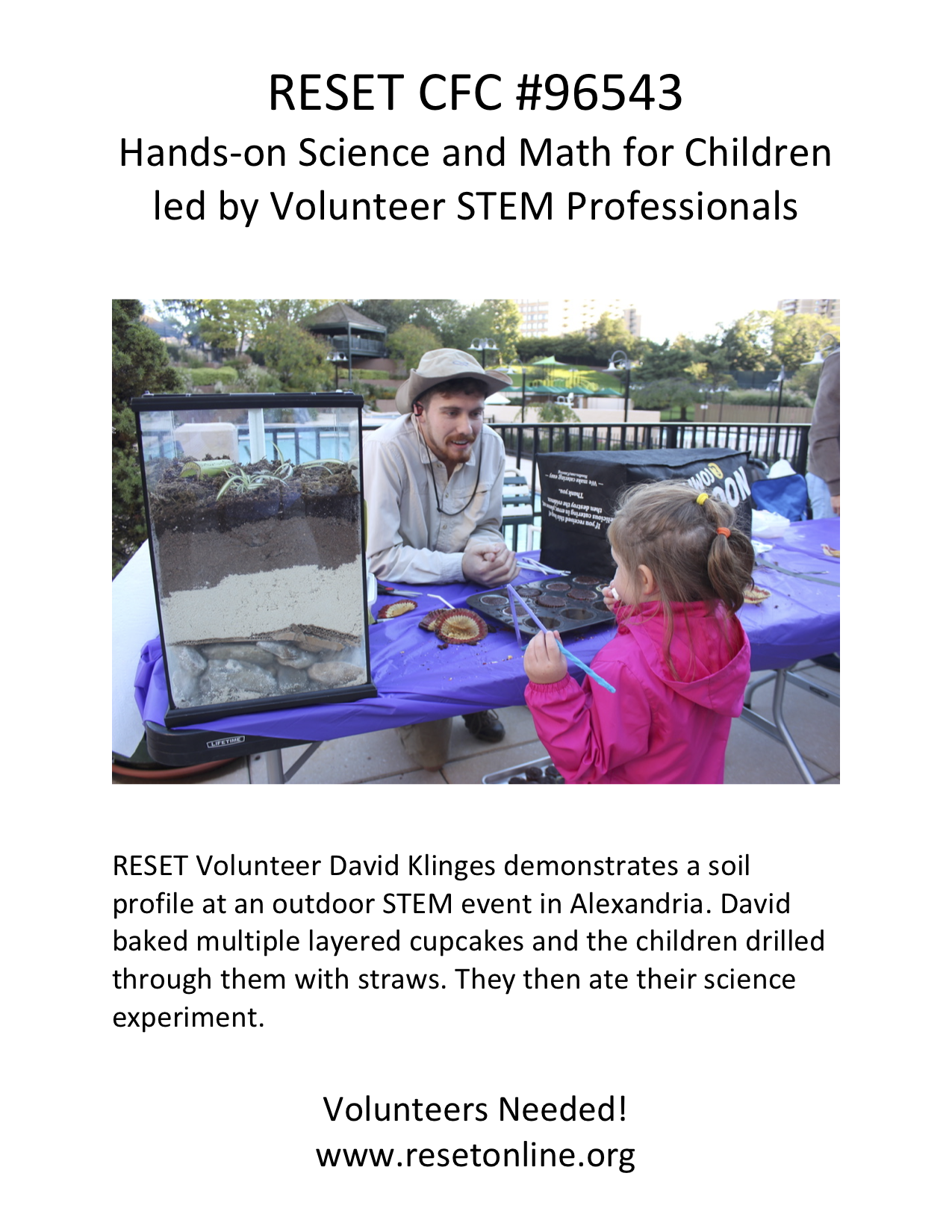
Partnering with RESET (Raising Excitement for Science, Engineering and Technology), I ran a science fair booth that focused on soil science. I showed students different layers of soil and quizzed them to identify layers in an interactive soil exhibit (see bottom left), had students take “soil cores” with straws to demonstrate how scientists examine deeper layers (bottom center), and showed off a soil inhabitant (below), Gimli the bearded dragon!* I like to think the kids learned something about dirt, but I definitely know they left asking their parents to buy them a lizard.
*Beardies are far more terrestrial (living on the ground) than fossorial (living below the ground), but will dig burrows to escape the intense Australian heat and stay warm at night.
Research is hectic as is. But taking a few minutes to give a younger generation just a glimpse of the cool work that we (well, the cool work we wish we spent more time doing) can be both fulfilling for you and motivating for your audience . Because someone in that group might leave with just enough inspiration to fuel their own journey into an adventurous and impactful career.
Aforementioned video thank-you to the Smithsonian Sleepover Volunteers.
I think I'll have another post up soon! I think…
Best,
Nature
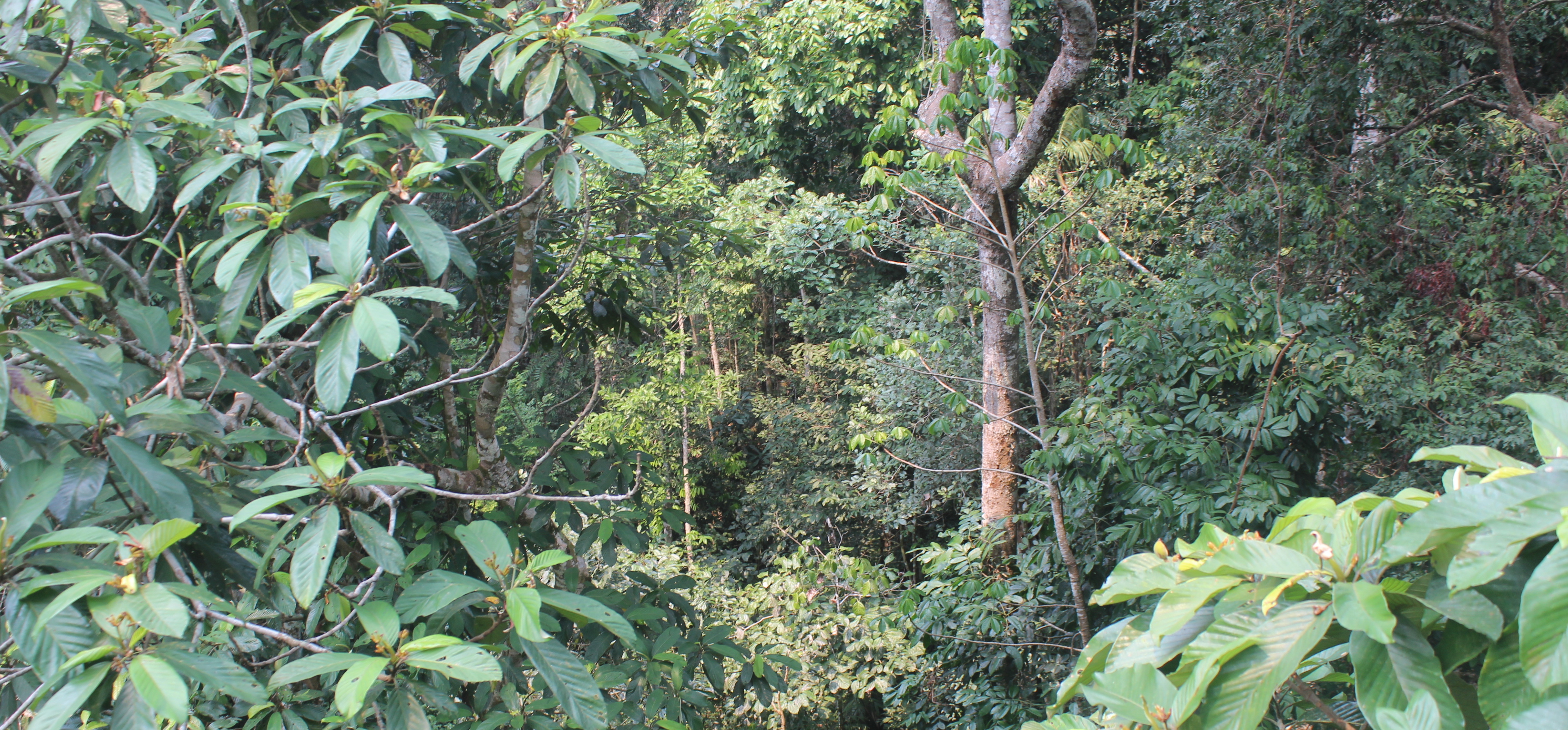

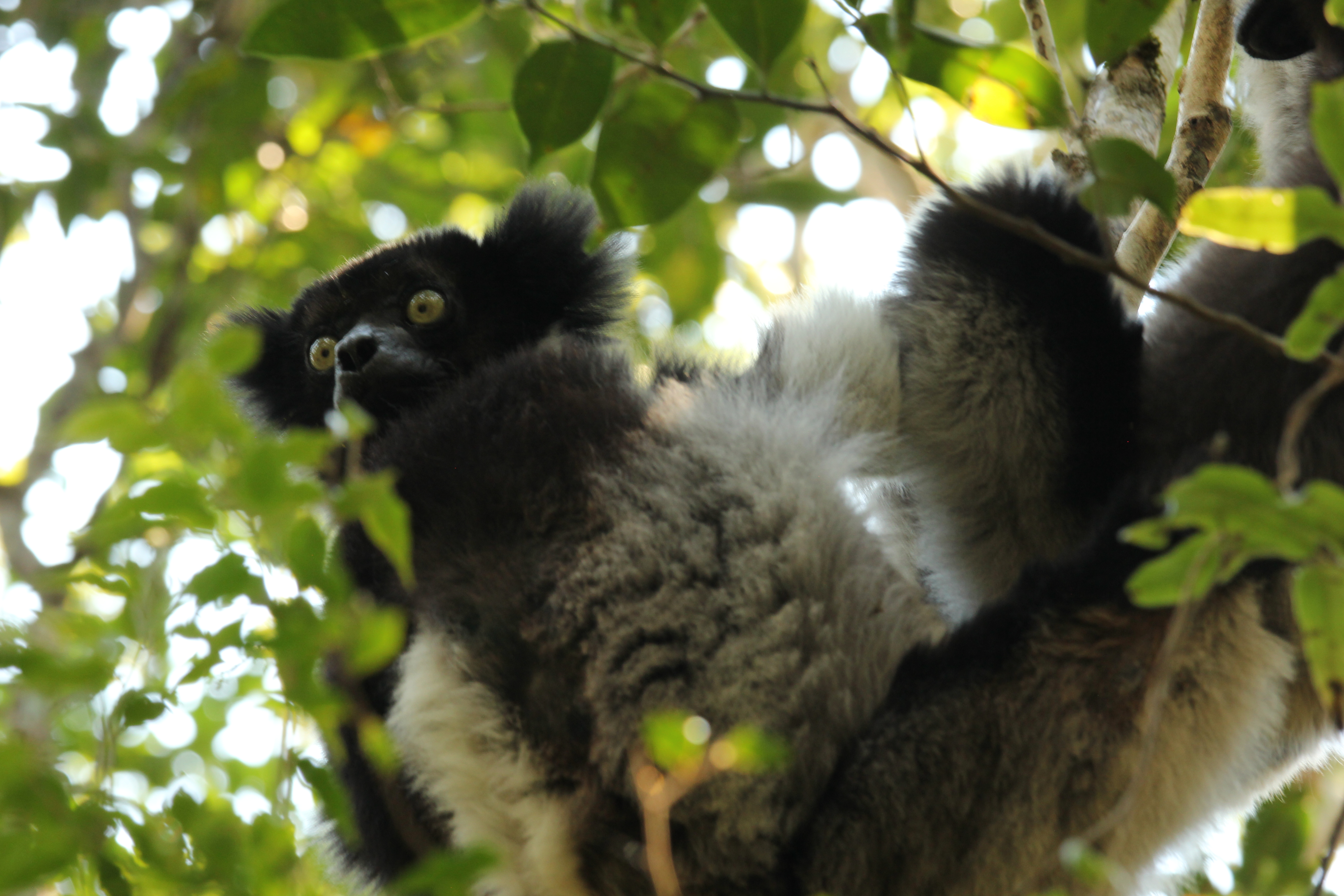
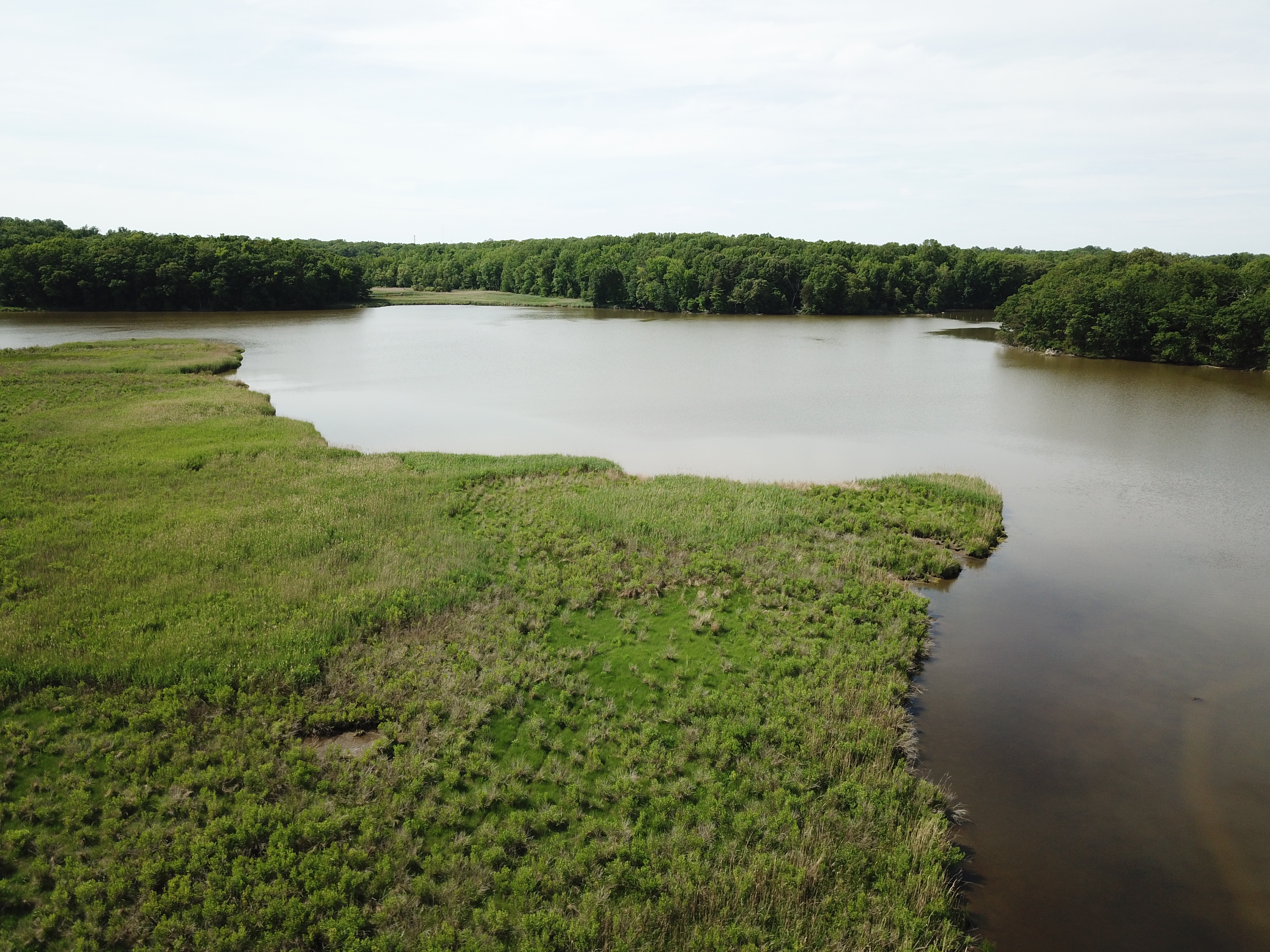
Twitter
Facebook
Reddit
LinkedIn
Pinterest
Email